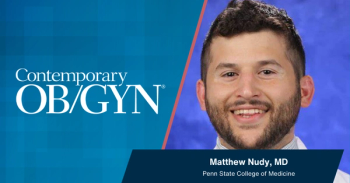
Worry vs Evidence: What Force Is Driving the Double Mastectomy Decision?
The growing number of women who are opting for a double mastectomy after a cancer diagnosis suggests better education about the risk and benefits of the procedure is needed.
Women are choosing to have double mastectomies after a diagnosis of breast cancer, despite that it is an unnecessary surgery,
The aggressive surgery is being done out of worry for recurrence, the authors reported, suggesting a need for better education for women about the risks and benefits of the procedure. The authors also noted that surgeons should be aware of how concern over future disease is driving decision-making.
Pertinent Points
- Most women who choose to have double mastectomies don’t need it.
- Nearly 70% of women who have both breasts removed following a breast cancer diagnosis in one breast choose the procedure despite no major genetic or familial risk factors for contralateral disease.
- The aggressive surgery is being done out of worry over recurrence of the cancer, suggesting better education about the risks and benefits of the procedure is needed.
"Women appear to be using worry over cancer recurrence to choose contralateral prophylactic mastectomy,” said lead author Sarah Hawley, PhD, associate professor of internal medicine at the University of Michigan Medical School, in a news release. “This does not make sense, because having a non-affected breast removed will not reduce the risk of recurrence in the affected breast."
The findings raise the concern about overtreatment, the study notes.
The study, which analyzed 1,447 women, found 68.9% underwent contralateral prophylactic mastectomy (CPM) following a breast cancer diagnosis in one breast, despite having a very low risk of facing cancer in the healthy breast. The women had the procedure but had no major genetic or familial risk factors for contralateral disease.
Of the women in the study, 18.9% strongly considered having both breasts removed and 7.6% had the procedure. Among those who strongly considered it, 32.2% received CPM, while 45.8% received unilateral mastectomy and 22.8% received breast conservation surgery.
"For women who do not have a strong family history or a genetic finding, we would argue it's probably not appropriate to get the unaffected breast removed," said Hawley.
The study also found that women with higher education levels and women who had undergone an MRI test before surgery were more likely to choose double mastectomy.
Newsletter
Get the latest clinical updates, case studies, and expert commentary in obstetric and gynecologic care. Sign up now to stay informed.











